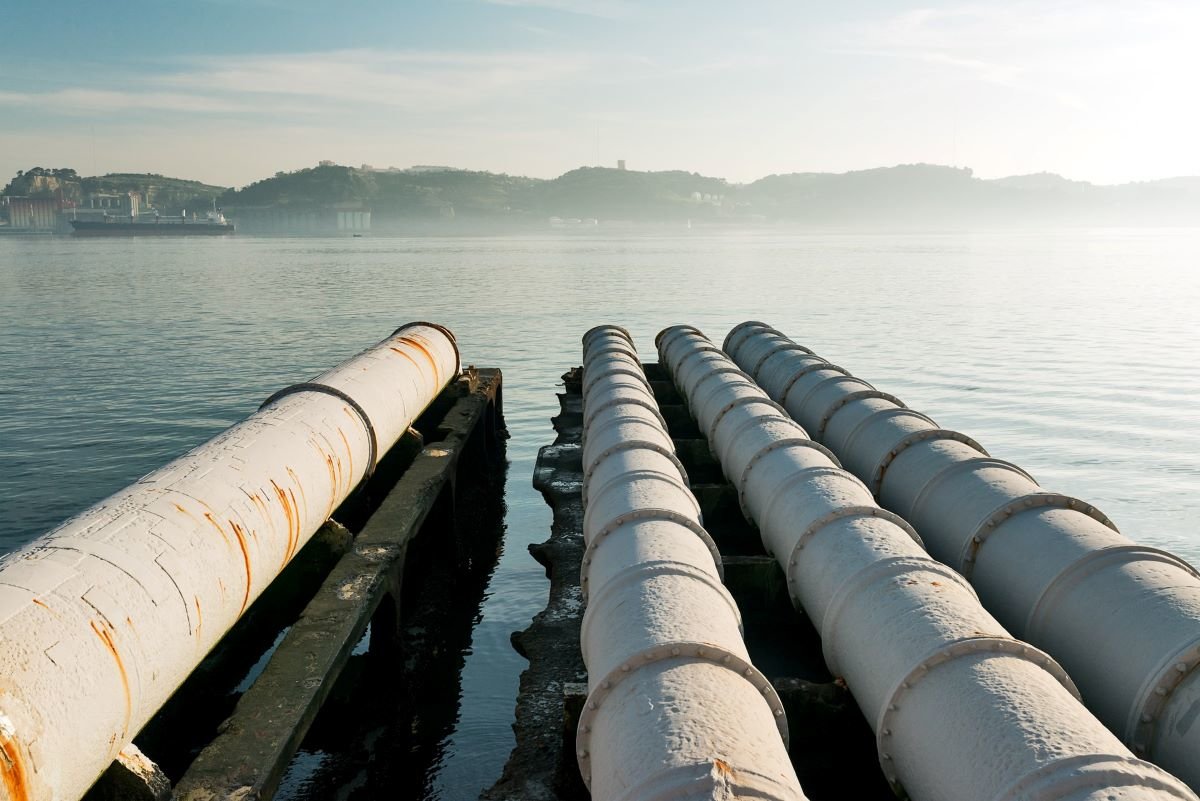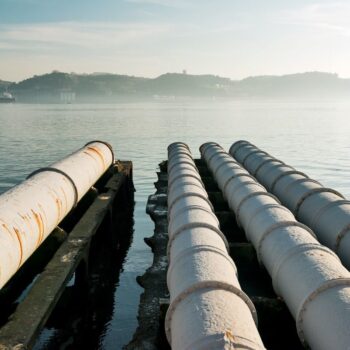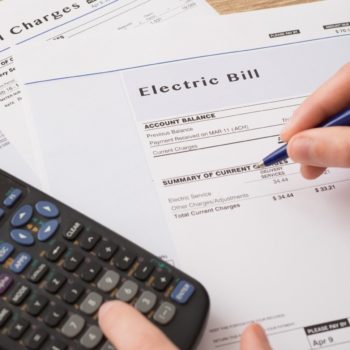The European Commission will publish on 15 December what is known as the EU’s “Hydrogen and decarbonised gas market package”. It will be composed of various legislative texts aiming at shaping the future gas markets and enabling hydrogen to enter the market. Gas usage needs to decline by more than 30% in less than ten years compared to 2015. The package will need to set the framework for a world where fossil gas consumption is reduced significantly and where scarce resources such as renewable hydrogen are used where no other solutions exist.
This EU Gas Package has to raise to several key challenges. Is it able to deliver a framework for the expected decline in the use of the gas infrastructure in the EU? Can it enable the best allocation of renewable gases where no other solution exists? Most importantly, can it ensure consumers stay at the heart of the decarbonisation project?
Challenge 1: Design a robust governance process for the future of infrastructure
One of the key aspects of the gas package will be the provisions regarding the future of energy infrastructure. To be “Fit for 55”, infrastructure priorities should be consistent with the 2030 and 2050 climate targets and based on science. The package should be clear on when to end the exploitation of fossil gas infrastructure to be compliant with EU climate targets. Alternatively, it should require national plans to do that. Such an alignment would increase the robustness of the process.
Challenge 2: Ensure decision making is free from vested interests
The gas package should avoid prejudging the need for an EU-wide infrastructure backbone for hydrogen. Instead, it should base its assessment on science to prevent an overestimation of demand for decarbonised gases. Uncertainty over the exact future evolution of the energy system will remain. This is why it is particularly critical to remove vested interests from the decision-making process. The industry should no longer be deciding future infrastructure needs without independent checks.
This is currently the case with the network of transmission system operators for gas. It is also the case for the expected European network of hydrogen network operators (ENTSOG and ENNOH). So, to achieve this, we need to ensure independent decision-making. We also need to introduce strong transparency safeguards and include a wide range of stakeholders from the very beginning of the planning process.
Challenge 3: Avoiding negative impacts for consumers
The infrastructure decisions that this gas package enables will also have significant consequences for consumers. Simultaneous investments in energy efficiency and electrification drive a decrease in gas consumption. Therefore, gas distribution networks will see a fall in utilisation. The EU Gas Package should put into place processes that manage this decline to avoid that consumers who are unable to switch face escalating costs. Besides, stakeholders that will benefit the most from hydrogen infrastructure should be the main parties responsible for financing it.
Without the right decisions, the financial burden for converting and building hydrogen infrastructure will fall on all gas consumers currently connected to the grid. The legislation should, on the contrary, ensure users of the existing gas network will not subsidise the development of zero-emission gases by paying for products and services they do not require. In fact, not all current gas consumers will benefit from hydrogen in the future. This mismatch between costs and benefits could pose a legitimacy risk to the transition to climate neutrality.
Nailing it
Finally, the EU legislation should avoid any reference to the blending of hydrogen and fossil gas. The reason is that this risks supporting an inefficient use of hydrogen. Hydrogen has three times less energy density than methane, meaning that blending only makes a minimal contribution to lowering emissions. Furthermore, blending deviates from a strategic allocation of scarce resources for hard to abate sectors. Including this possibility in the legislation would send a wrong signal and open up a misleading debate.
If delivered properly, this package can provide a transition that enables and incentivises consumers, businesses and other stakeholders to choose the best option for them in the shift away from fossil gas. However, if it sticks to zero emissions gases as the only strategy for reducing fossil gas consumption, it is likely to fail.


